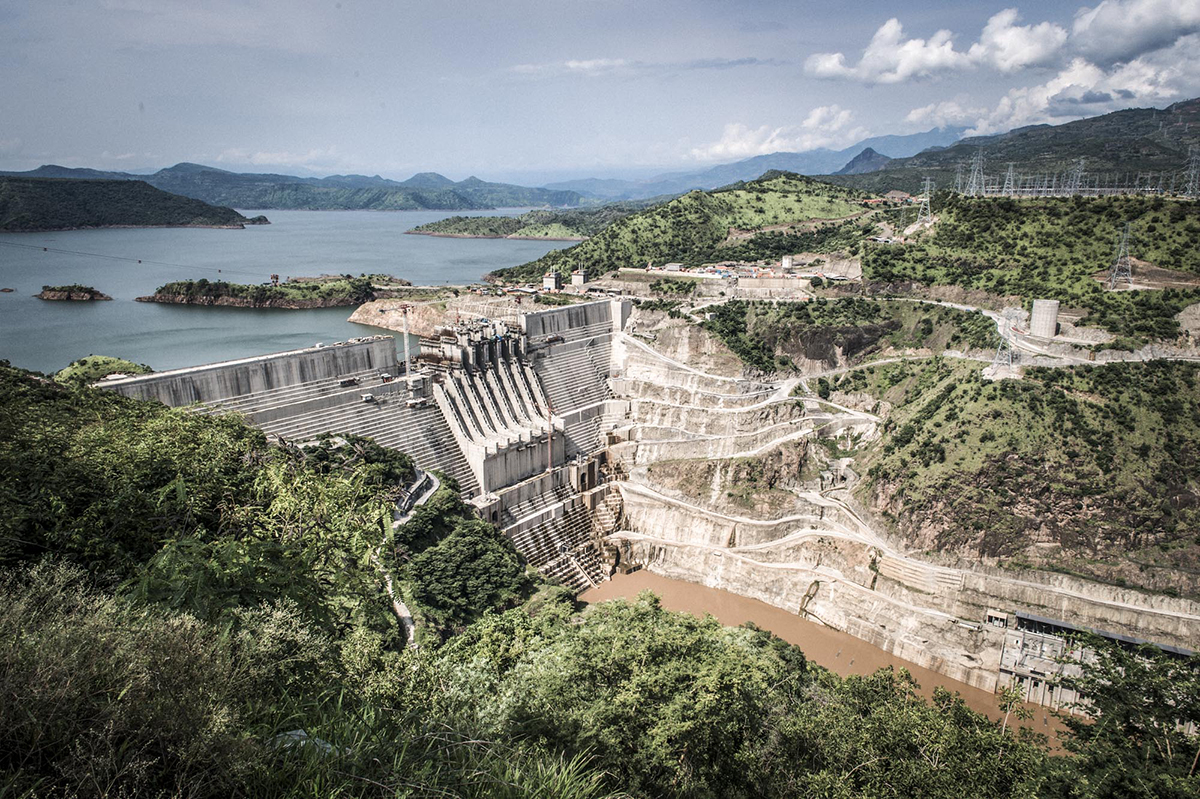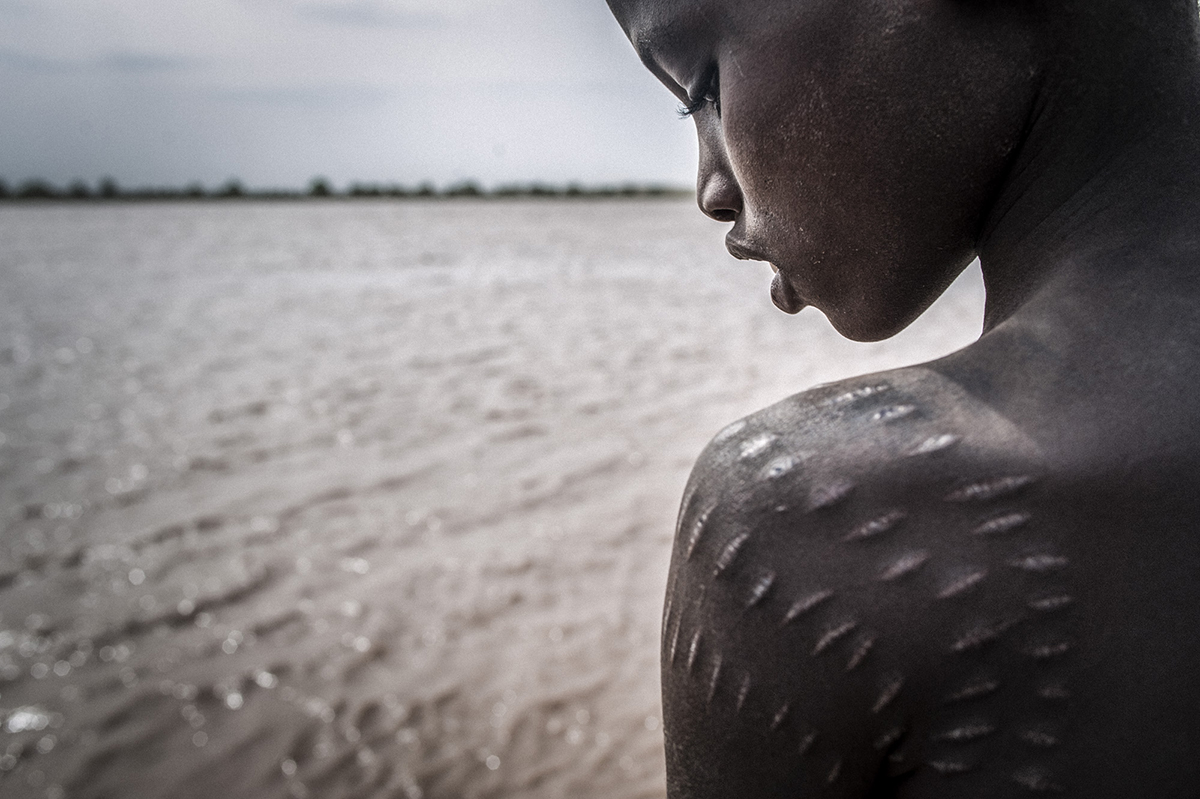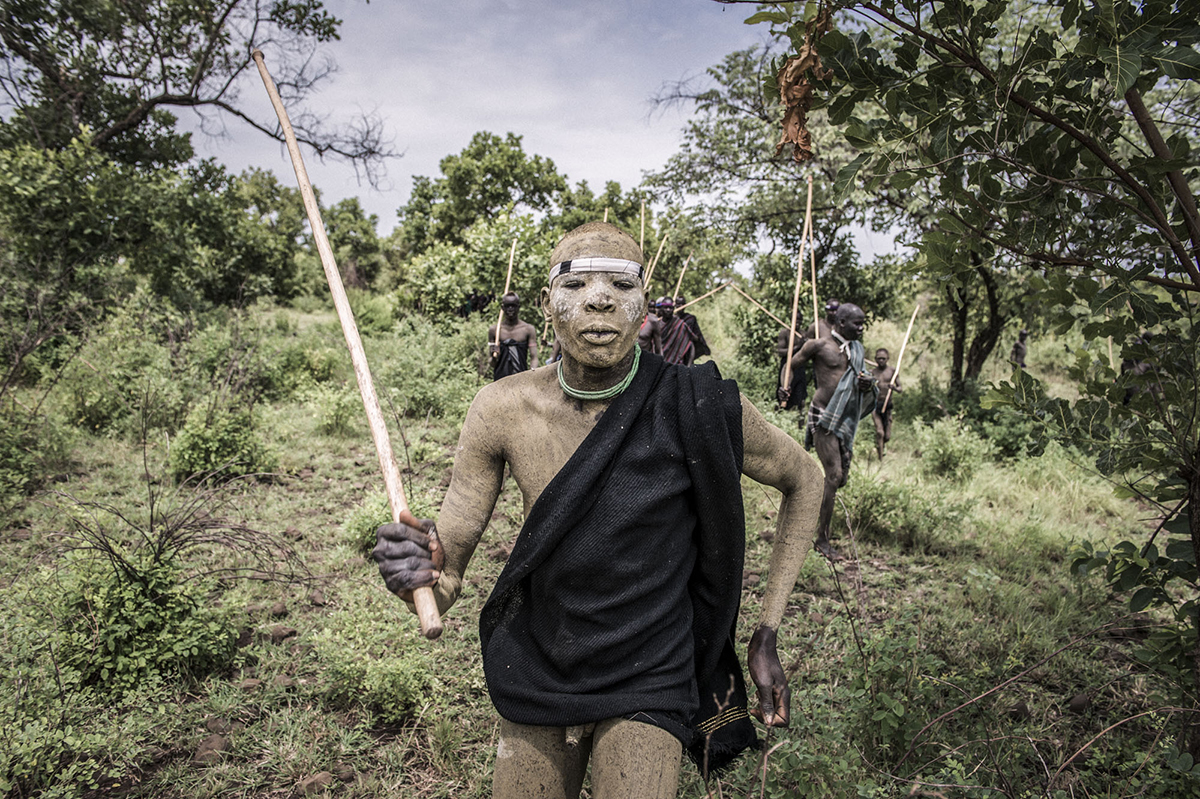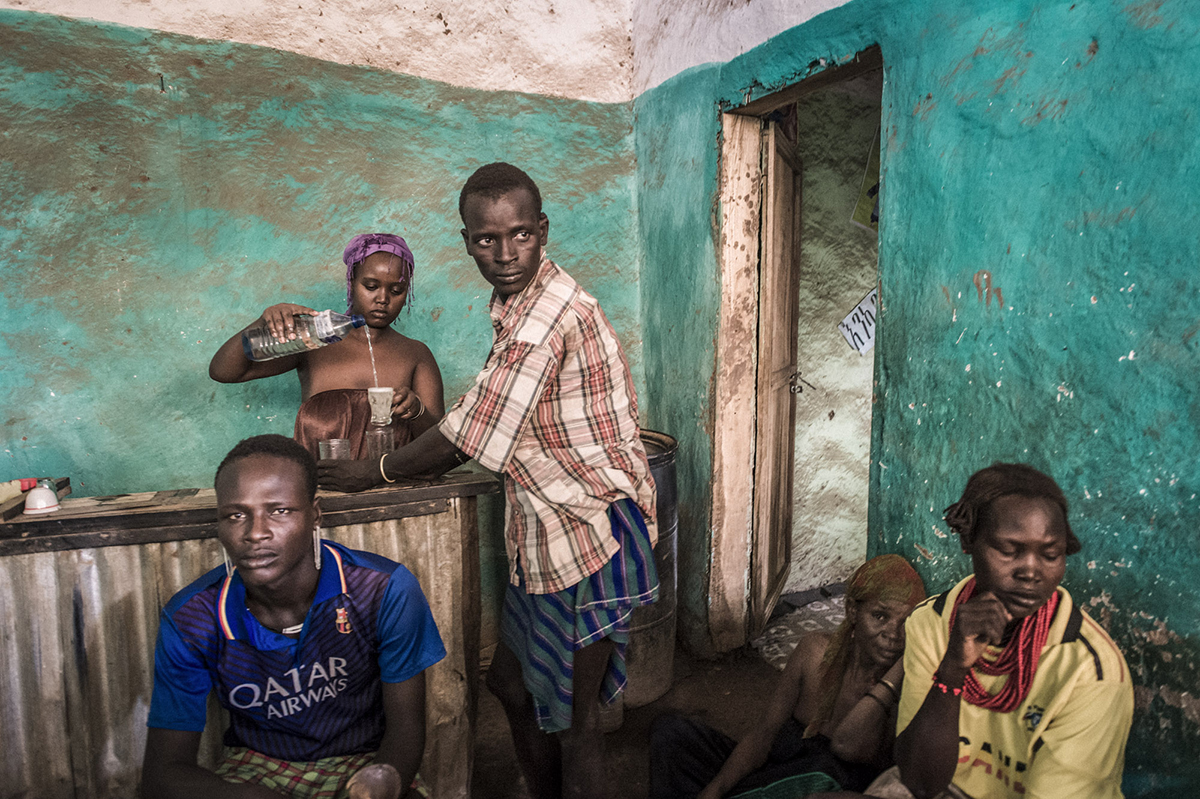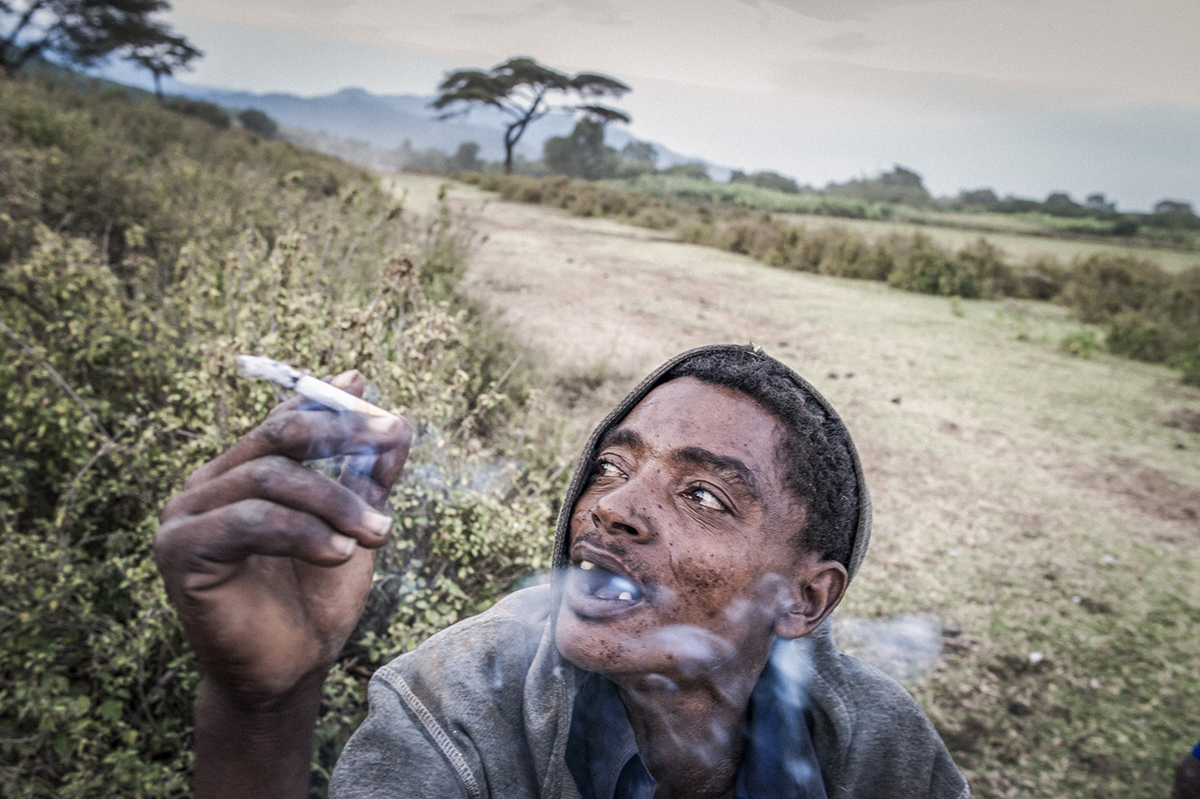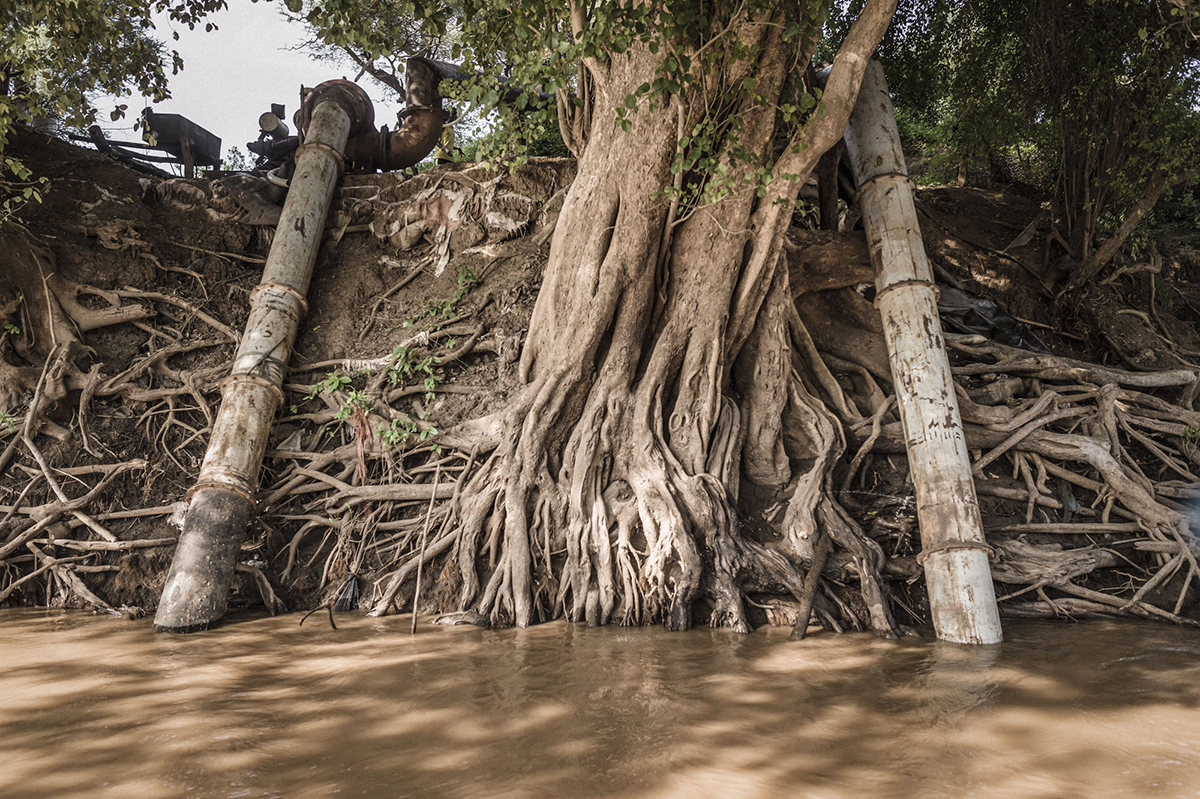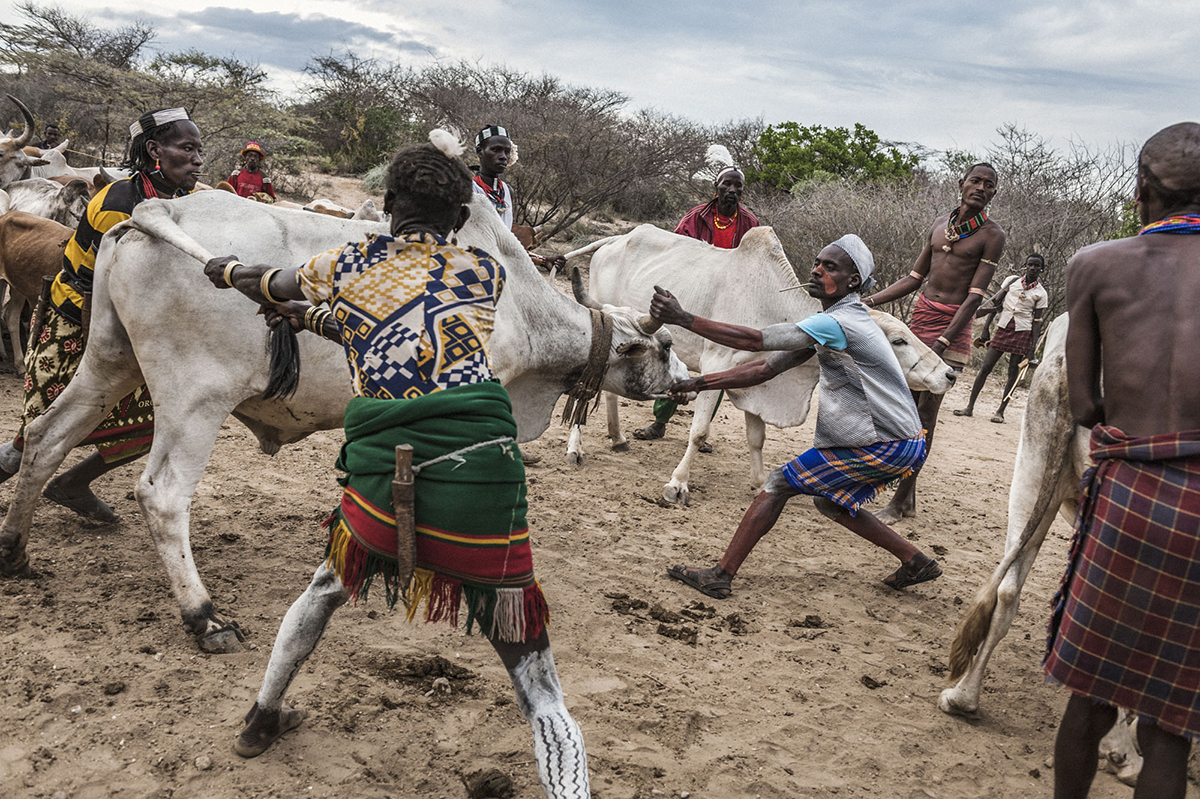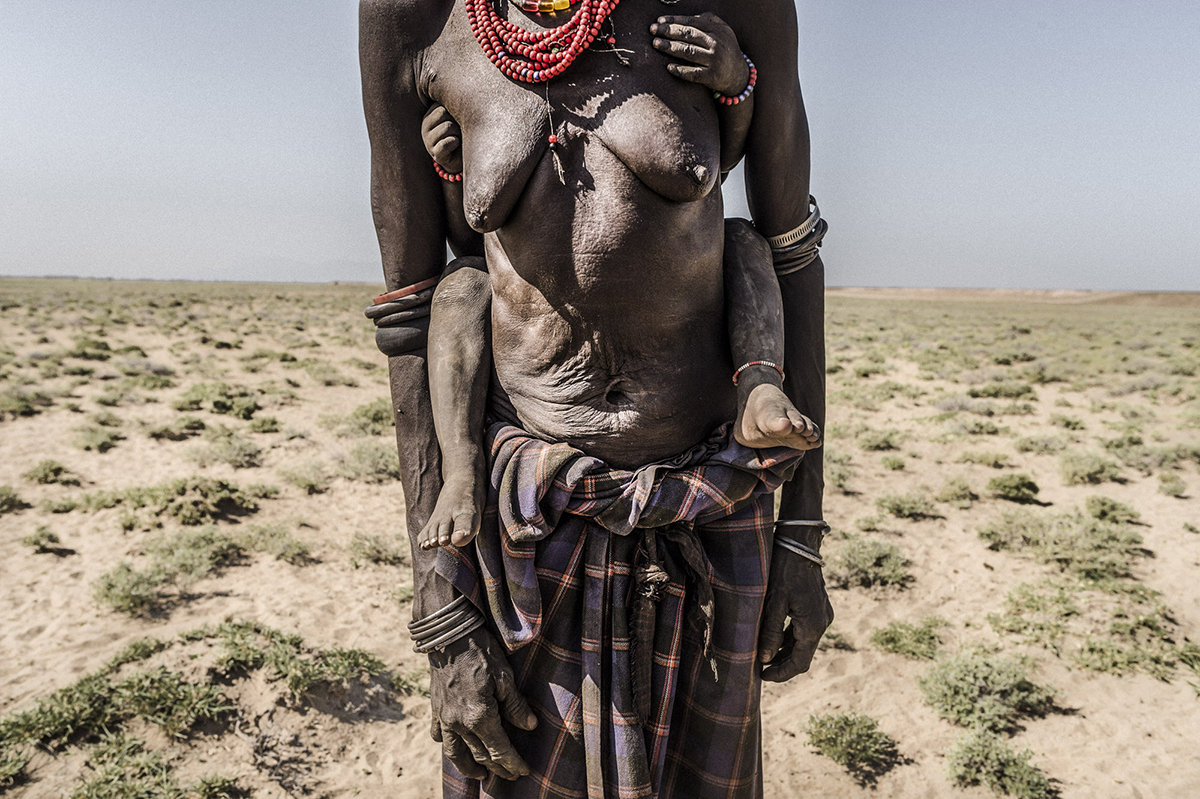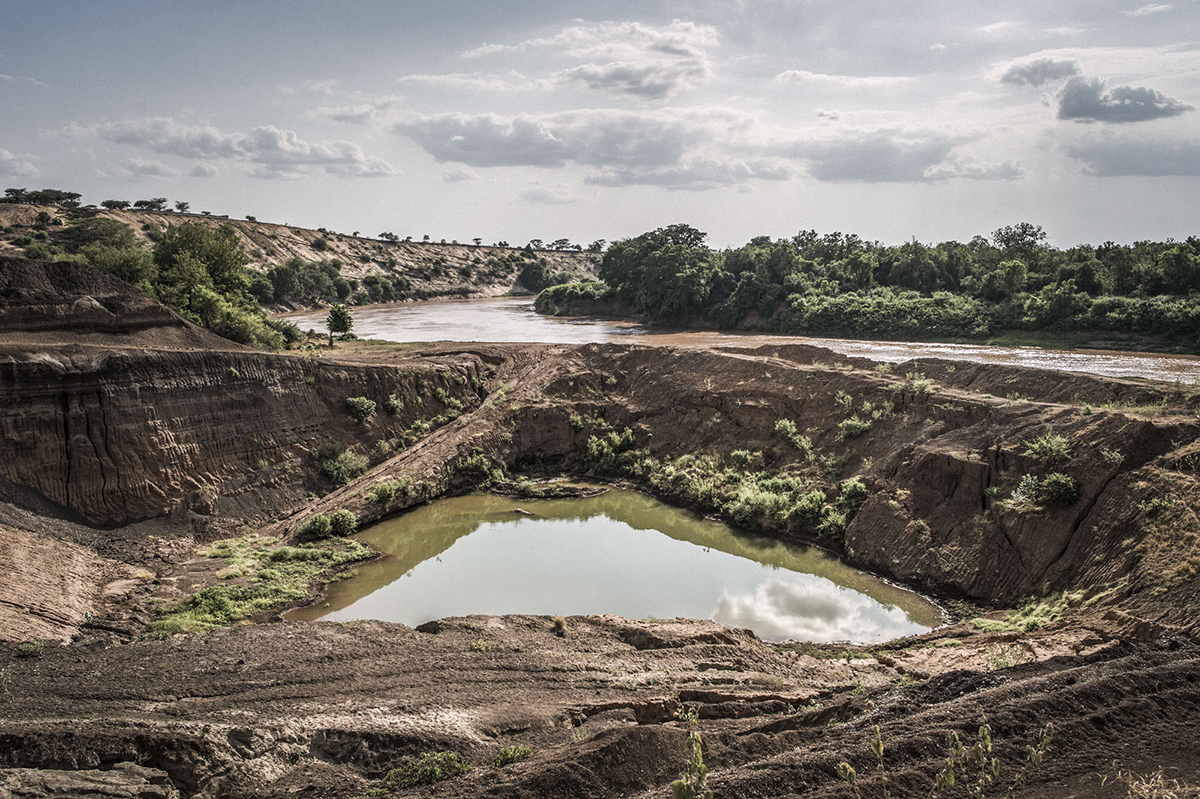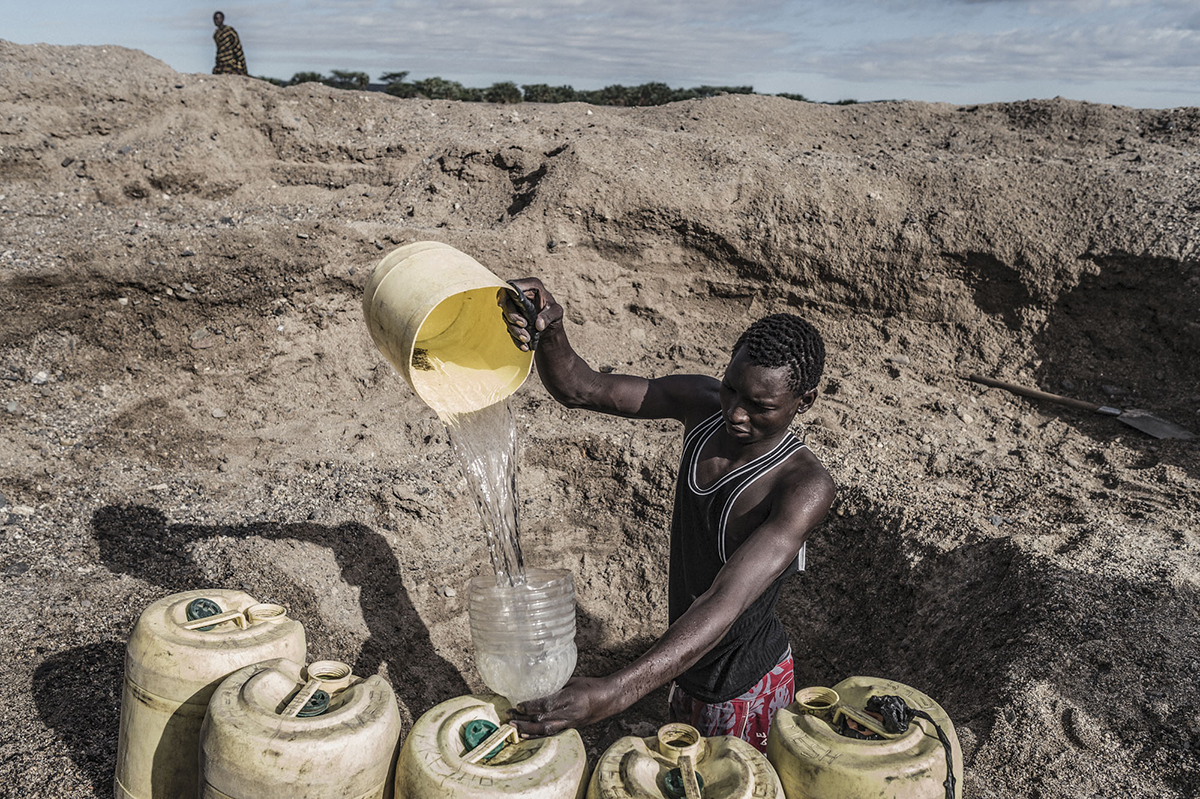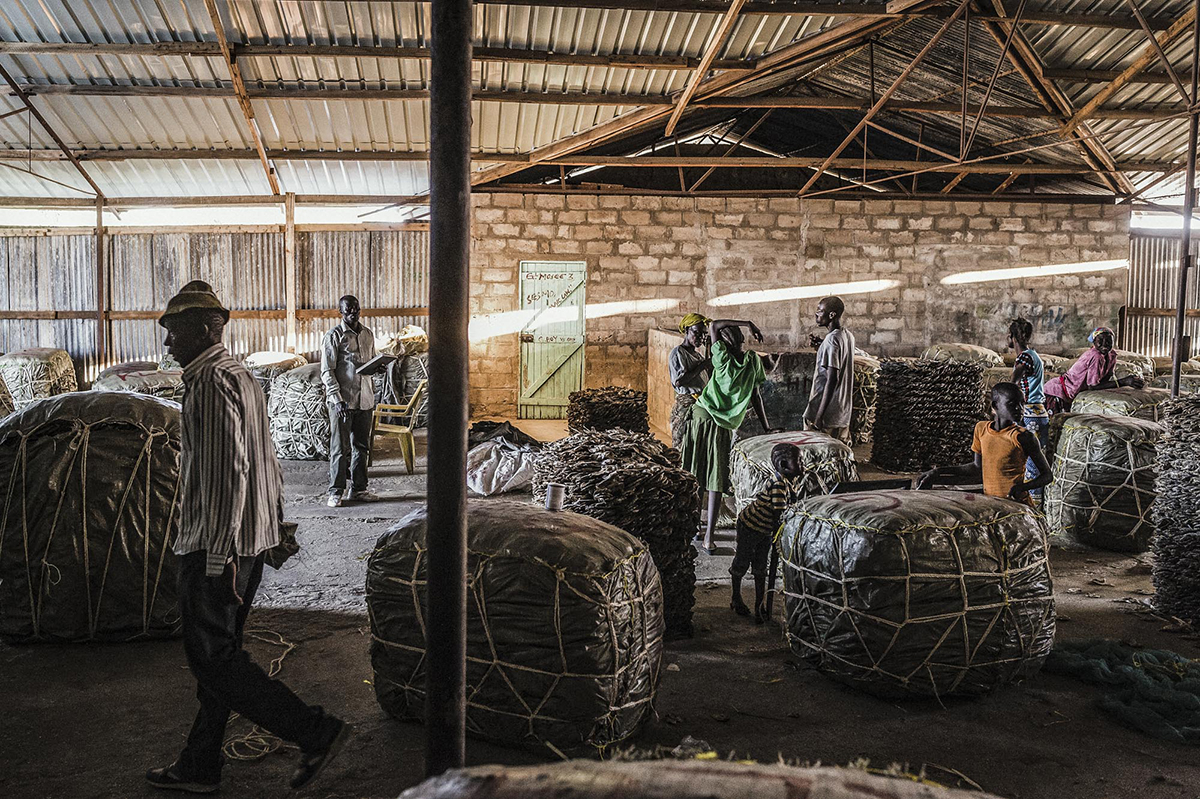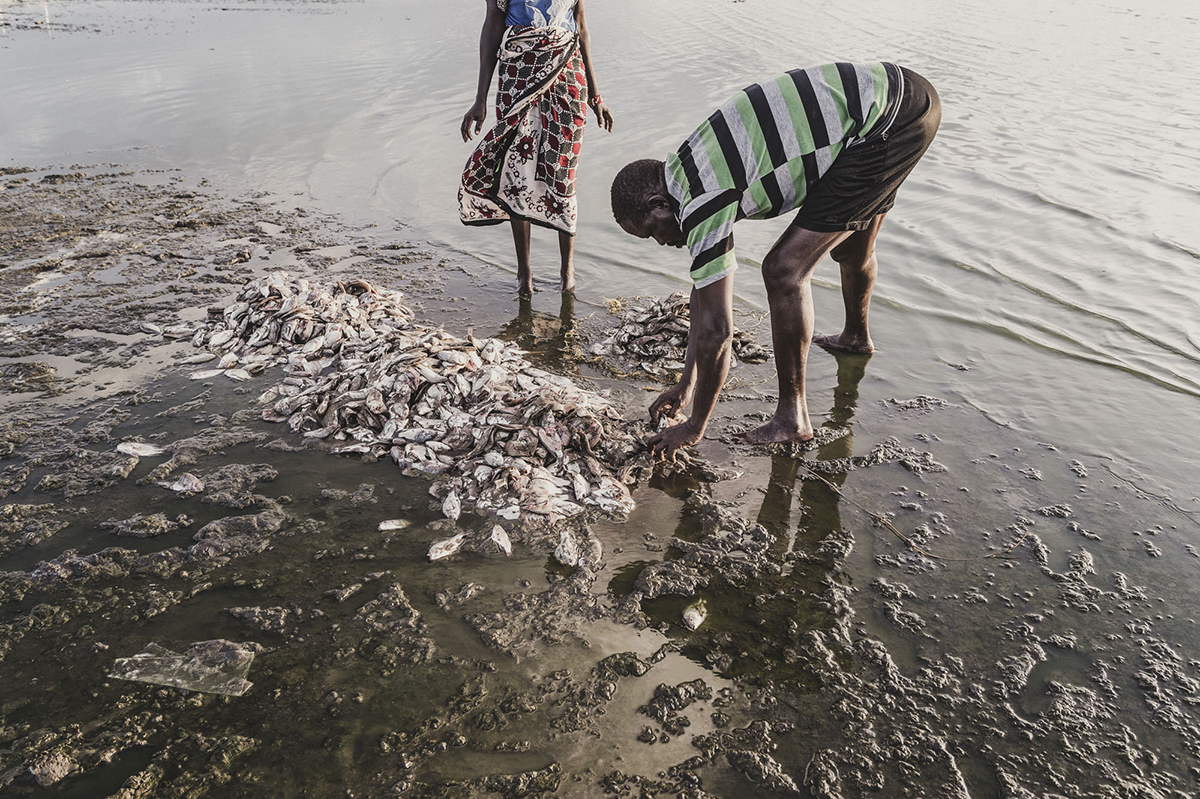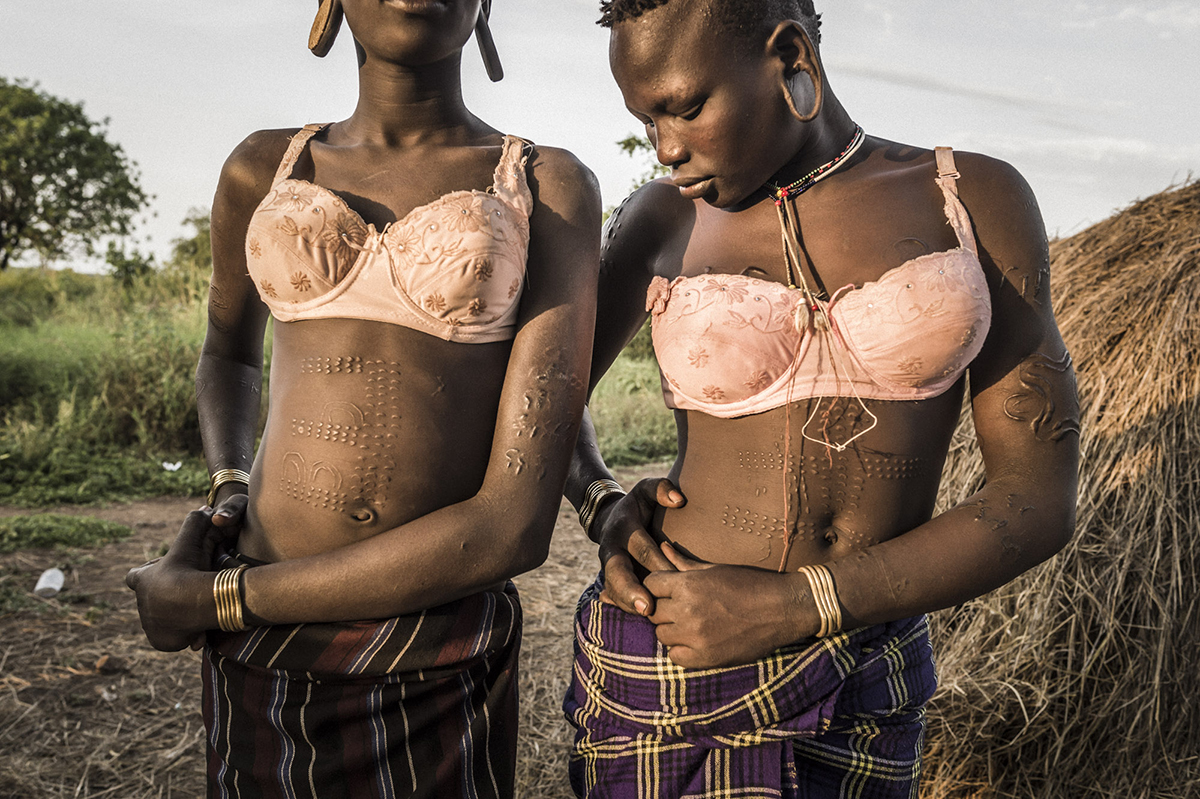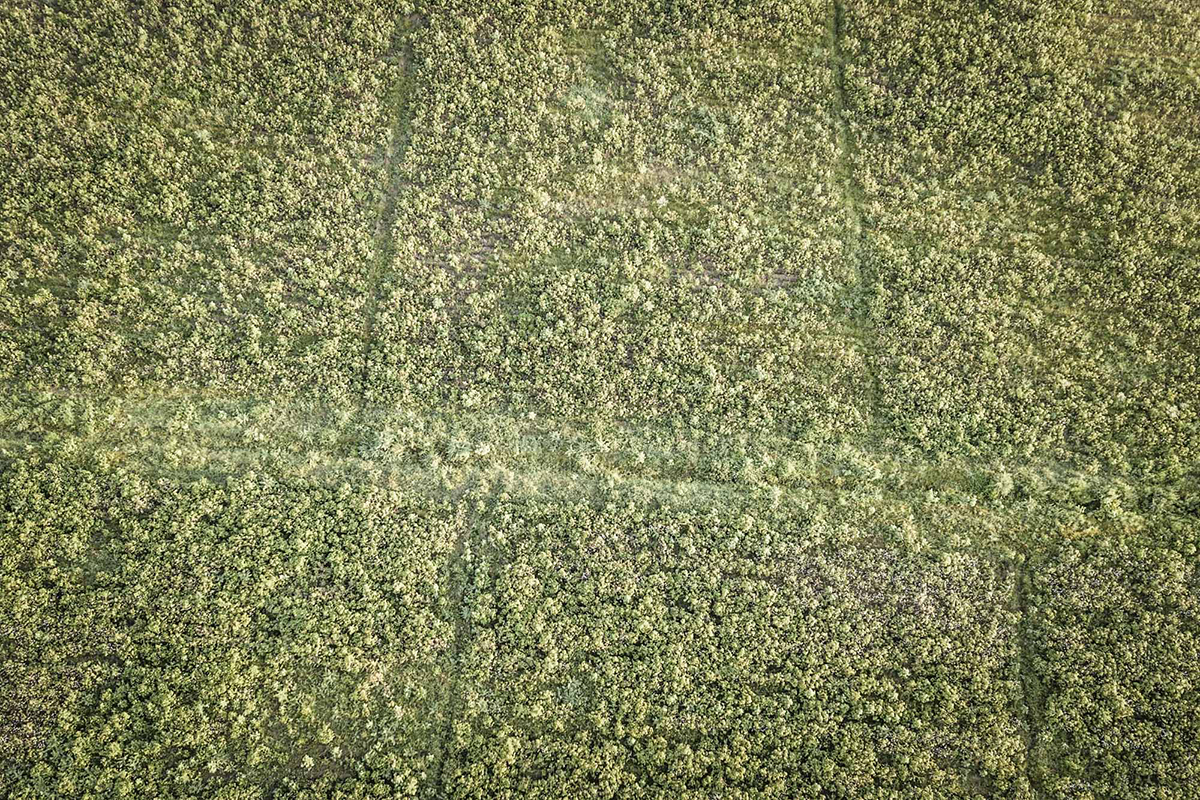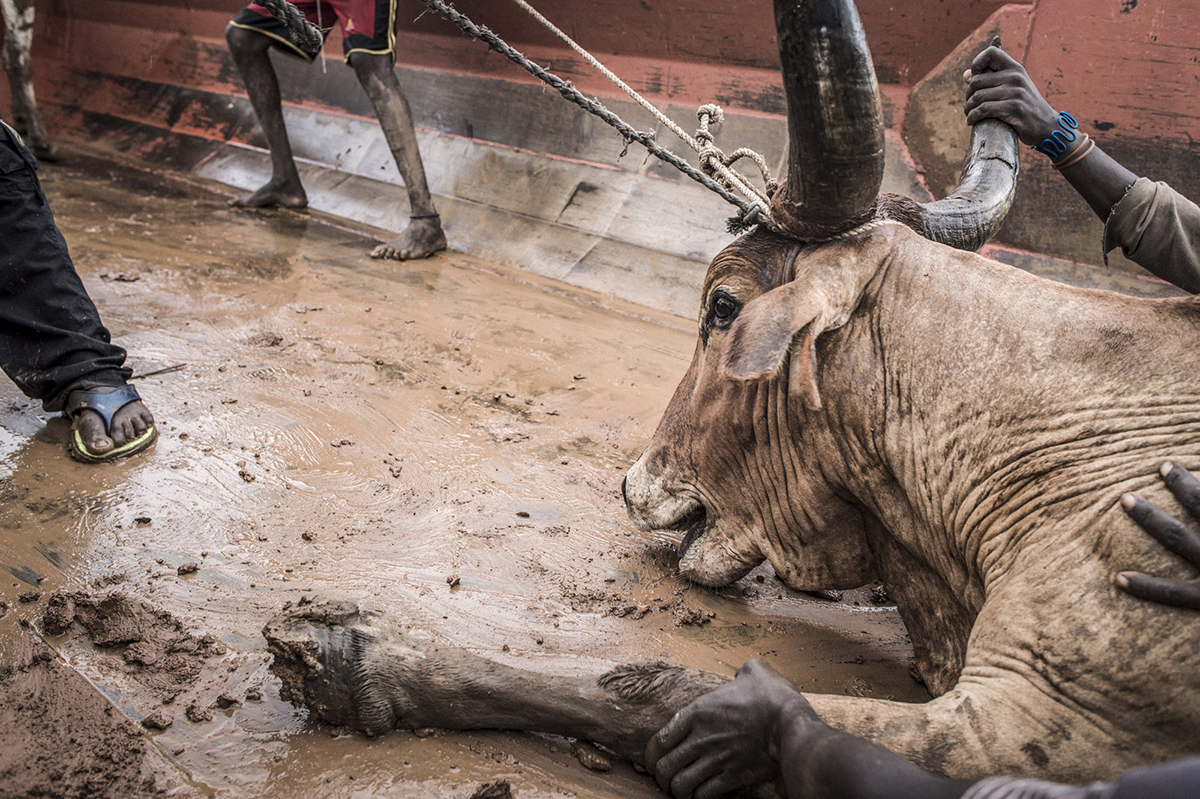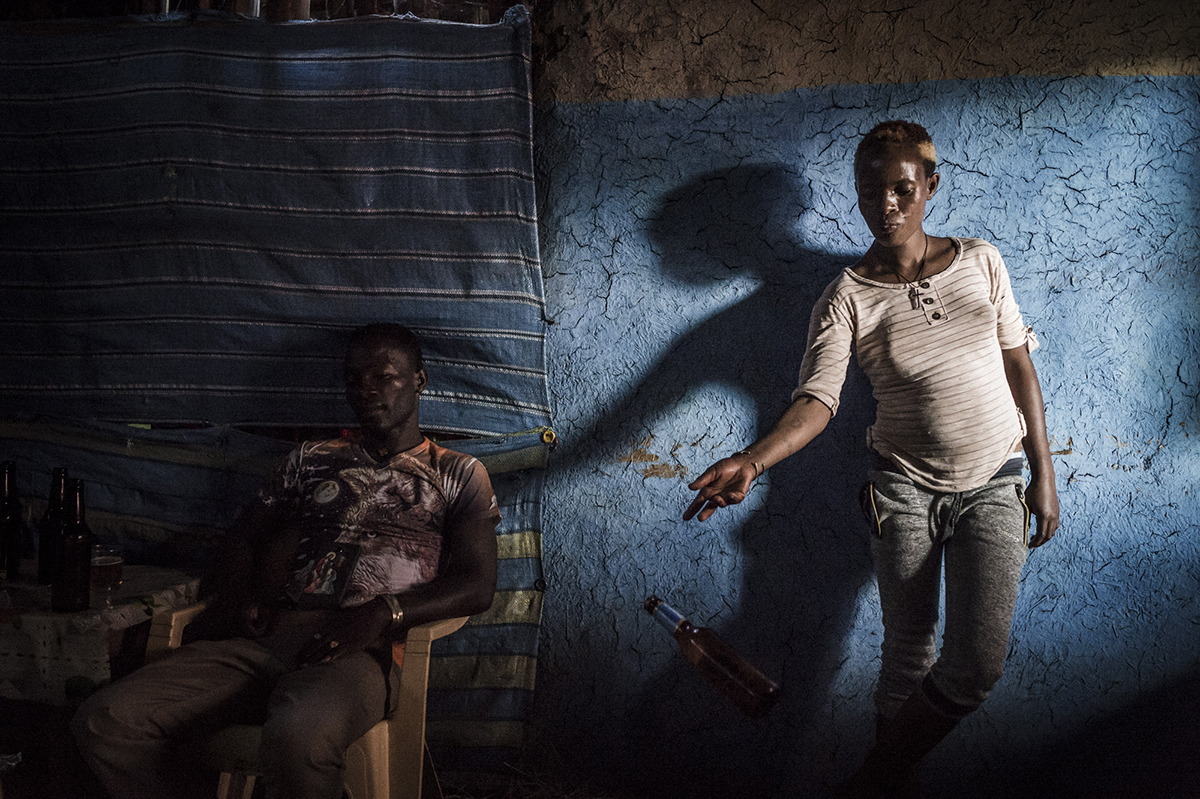Omo Change
Ethiopia is a country in the central part of Africa that is suffering one of the biggest and quickest economical and industrial develop of the whole African continent. A develop average in the last 10 years of 10.8% (World Bank data) made Ethiopia the fourth economic power in Africa. Between 2014 and 2015, GDP increased by 10.6% due also to the foreign investors who thanks to the development projects of the last years made by the Government, are changing the aspect of this country. One of the most impacted area if the Omo Valley. Crossed by the homonym river that starts in the Ethiopian mountains, the Omo Valley has an archaeological and naturalistic relevance. This area is internationally known as a rare dry and semi-dry region with an extraordinary biodiversity, to the point that since 1980 the Omo Valley has been included in the list of the UNESCO heritage sites. This area has approximately 500,000 inhabitants which work mainly in agriculture and sheep-farming. Being an extremely fragile area, the Omo Valley is inhabited by different ethnicities that were able to develop the agricultural system that works on a delicate and precious balance between survival of the human kinds and the usage of the natural resources, like the floods of the Omo River. In 2010, the ex-Prime Minister Zenawi, who died in 2012 and replaced by the actual Prime Minister Desalegn, announced the construction of the biggest dam ever made in Africa. To start the construction of the Gibe III Dam, the Italian construction company Salini, received 1.4 billion euros. This investment is the biggest ever made in the whole African continent. Gibe III, in the final stage of construction at the moment, will be 240 meters high and will have a 1.870 MW power and will create a 150 KM long artificial lake. The construction of this dam has a double target; to produce hydro electrical energy to export in the neighbouring countries and stimulate the development of agriculture through the construction of a dense network of irrigation ditches that will allow to include the extensive crops which have a high economic value, such as cotton fields. Furthermore, controlling the Omo River, will allow to make a huge government project possible: the Omo Kuraz Sugar Factories Project, inside the Mago National Park nature reserve, which sees the cultivation of approximately 245,000 hectares of land for the production of sugar cane, to be used to produce both ethanol and sugar. The entry into operation of the Gibe III dam and the cultivation of new plantations have led to a reduction in the extension of the fluvial forest and a loss of biodiversity, confirming the risk of an heavy humanitarian crisis, and going also to affect Lake Turkana in northern Kenya. In fact, the ever-decreasing inflow of water to Lake Turkana is reducing the basin of the lake itself, compromising the economy of the Turkana ethnic group that is based on fishing. The human intervention has caused the interruption of natural floods and the supply of land by the Government is creating new geographical boundaries between the various ethnic groups with less and less land available for agriculture and pastoralism, thus modifying the social structure of the tribes. A river od high interest for two countries. The Omo Valley is seeing its biggest contradiction, the one that has been generated by the investments of the so called development. The Omo Valley risks of becoming a pool of resources for the rest of the world but not for its own population. Omo Change is a project that wants to reflect on the social-anthropological and social-economical complexity using. My project aims to be a meditation on how important investments can put at risk a human-environment balance that is present for hundreds of years, and as the changes that are happening also due to the massive circulation of cash, is deranging the existing balance. Omo Valley, Lake Turkana; the fate of Kenya and Ethiopia have never been so bonded.
Omo Change
L’Etiopia è il paese del centro Africa che sta subendo uno dei più grandi e veloci sviluppi economi e industriali di tutta l’Africa. Una media di crescita negli ultimi 10 anni pari al 10,8% (dati Banca Mondiale) ha fatto dell’Etiopia la quarta potenza economica africana. Tra il 2014 e il 2015, il Pil ha fatto registrare un incremento del +10,6% merito anche degli investitori stranieri che grazie ai piani di sviluppo degli ultimi anni ad opera del Governo, stanno modificando l’aspetto del Paese. Una delle zone che sta subendo uno dei più importanti cambiamenti è la Valle dell’Omo. Attraversata dall’omonimo fiume che nasce nell’altopiano etiopico, la valle dell’Omo ha una notevole rilevanza sia archeologica che naturalistica. L’area è riconosciuta a livello internazionale come una delle rare regioni aride e semi-aride che presentano una straordinaria biodiversità, tant’è che dal 1980 la Valle dell’Omo è stata inserita nell’elenco dei Patrimoni dell’Unesco. In quest’area vivono circa 500.000 persone dedite prevalentemente all’agricoltura e alla pastorizia. Area geografica estremamente fragile dal punto di vista ecologico la valle dell’Omo è abitata da etnie che hanno saputo sviluppare un sistema agricolo che si regge su un delicato e prezioso equilibrio tra sopravvivenza dell’uomo e sfruttamento delle risorse naturali, come le esondazioni del fiume Omo. Nel 2010 l’ex Primo Ministro Zenawi, (morto nel 2012 e sostituito dall’attuale primo ministro Desalegn), annunciò la costruzione della più grande diga mai realizzata in Africa. Per iniziare la costruzione della diga che ha preso il nome Gibe III, sono stati dati alla compagnia di costruzione, l’italiana Salini, 1,4 miliardi di euro, risultando il progetto di investimento più grande mai realizzato in tutta l’Africa. La Gibe III, terminata nel dicembre 2016, ha un’altezza di 240 metri e una potenza di 1.870 MW e sta creando un bacino artificiale lungo 150 km. La sua costruzione ha un duplice obiettivo; produrre energia idroelettrica da esportare nei paesi limitrofi e stimolare lo sviluppo dell’agricoltura attraverso la costruzione di una fitta rete di canali di irrigazione che permetteranno l’inserimento di colture estensive ad elevato valore commerciale come il cotone. Inoltre, il controllo del fiume Omo permetterà la realizzazione di un grandissimo progetto statale - l’Omo Kuraz Sugar Factories Project – che prevede la messa a coltura di circa 245.000 ettari di terreno per la produzione di canna da zucchero da trasformare in parte in etanolo, in parte in zucchero. L’entrata in funzione della diga Gibe III e la coltivazione di nuove piantagione hanno portato ad una riduzione dell’estensione della foresta fluviale ed una perdita di biodiversità, confermando il rischio di una pesante crisi umanitaria, ed andando ad interessare anche il lago Turkana nel Nord del Kenya. Infatti, il sempre minore afflusso di acqua verso il lago Turkana, sta riducendo il bacino del lago stesso, compromettendo l’economia dell’etnia dei Turkana che è basata sulla pesca. L’intervento umano ha provocato l’interruzione delle piene naturali e l’approvvigionamento delle terre da parte del Governo sta creando nuovi confini geografici tra le varie Etnie con sempre meno terreno a disposizione per l’agricoltura e la pastorizia, modificando così anche l’assetto sociale delle tribù. Un fiume che interessa due paesi La valle dell'Omo sta vedendo la sua più grande contraddizione, quella che è stata generata dagli investimenti del cosiddetto sviluppo. La Valle dell'Omo rischia di diventare un bacino di risorse per il resto del mondo ma non per la propria popolazione. Omo Change è un progetto che vuole riflettere sulla complessità socio-antropologica e socio-economica Il mio progetto vuole essere una meditazione su quanto gli investimenti importanti possono mettere a rischio l'equilibrio tra uomo e ambiente che è presente per centinaia di anni, e come i cambiamenti che stanno avvenendo anche a causa della massiccia circolazione di contanti, sta squilibrando il saldo esistente. Valle dell’Omo, lago Turkana, le sorti del Kenya e dell’Etiopia non sono mai state così legate.
- Text
- |
- Thumb
- |
- Media
- |
- Omo Change
- |
- Book

